
Python - AI-powered Python assistant.
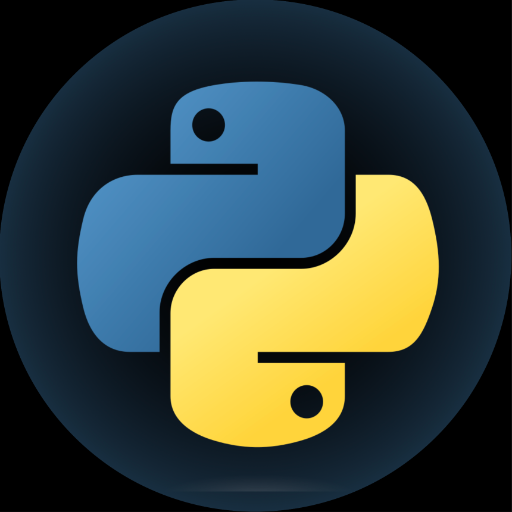
Unlock the Power of Python with AI
🐍 Generate a full snake game with instructions
📝 Create a script to analyze this file
🪲 Find any bug or improvement in my code
💡 Teach me a useful skill or trick in Python
Get Embed Code
Introduction to Python
Python is a high-level, interpreted programming language that was created by Guido van Rossum and released in 1991. Its core design philosophy emphasizes readability and simplicity, making it accessible for both beginners and experienced developers. Python uses a clean syntax that often mirrors human language, which makes it easier to learn compared to other languages. Furthermore, it supports multiple programming paradigms, including procedural, object-oriented, and functional programming. The language is known for its flexibility, being used in diverse fields such as web development, data analysis, artificial intelligence, and automation. For example, Python's simplicity is seen in how easy it is to implement a basic 'Hello, World!' program: ```python print('Hello, World!') ``` Python's flexibility is also illustrated in its use in data science scenarios where libraries like Pandas, NumPy, and Matplotlib allow developers to process and visualize data with minimal effort. Powered by ChatGPT-4o。

Key Functions and Features of Python
Interpreted Language
Example
Python executes code line-by-line, which means you don't need to compile your program. This allows for quick testing and debugging.
Scenario
Developers working on prototypes or scripts that need to be run quickly without the overhead of compilation find this feature particularly useful. For instance, when automating repetitive tasks like renaming files in a directory.
Dynamic Typing
Example
In Python, you don't need to declare variable types explicitly: ```python x = 10 x = 'string' ```
Scenario
This flexibility is ideal for situations where the type of data can change over time, such as in scripting or data processing tasks. For instance, when processing user inputs that may be in different formats (e.g., numbers, strings).
Extensive Standard Library
Example
Python's standard library provides modules for regular expressions, file I/O, threading, and much more. For example, you can use the `os` module to interact with the operating system: ```python import os os.getcwd() ```
Scenario
This is highly beneficial when building applications that need to interact with the underlying operating system, such as writing a script that automates file backups.
Support for Multiple Paradigms
Example
Python allows you to write object-oriented code, but you can also write in a procedural or functional style: ```python def add(a, b): return a + b result = add(5, 7) ```
Scenario
This flexibility makes Python well-suited for a wide range of projects, from web applications (object-oriented) to mathematical computations (functional programming). For example, financial analysts use Python for functional programming in algorithmic trading strategies.
Cross-Platform Compatibility
Example
Python programs can run on different operating systems (Windows, MacOS, Linux) without modification: ```bash python my_script.py ```
Scenario
This makes Python a preferred language for applications that need to work across various systems, such as cloud computing platforms or enterprise-level applications.
Rich Ecosystem of Third-Party Libraries
Example
Python has a vast ecosystem of libraries, such as TensorFlow for machine learning, Django for web development, and Flask for microservices.
Scenario
For instance, a data scientist might use TensorFlow to build a neural network for image recognition, while a web developer could use Django to create a scalable web application.
Target Users of Python
Beginner Programmers
Python is often the first programming language recommended to new learners due to its simple syntax and readability. Its large, supportive community and abundance of tutorials make it easy for beginners to pick up. The ability to quickly see results from small projects helps to build confidence.
Data Scientists and Analysts
Python has become the go-to language for data science due to libraries like Pandas, NumPy, SciPy, and Matplotlib. Data scientists use Python to manipulate, analyze, and visualize large datasets. Its ease of integration with machine learning frameworks like TensorFlow and scikit-learn also makes it invaluable in this field.
Web Developers
Web developers benefit from Python's powerful web frameworks like Django and Flask, which simplify building robust, scalable web applications. Python's easy integration with databases and its support for APIs make it a popular choice for both front-end and back-end development.
Automators and System Administrators
Python is widely used in the automation of repetitive tasks and system administration due to its simplicity and rich set of system-level libraries. Scripts for network configuration, file management, or deployment automation are commonly written in Python.
Researchers and Academics
In academic environments, Python's wide array of scientific libraries (such as SciPy and Matplotlib) make it a favorite for research. Whether modeling physical phenomena, running simulations, or teaching computer science, Python’s ease of use allows researchers to focus more on problem-solving than on language intricacies.
AI/ML Engineers
Python is one of the top languages for artificial intelligence and machine learning development. Its frameworks such as TensorFlow, Keras, and PyTorch allow AI engineers to build complex machine learning models with relative ease, making it an essential tool in this rapidly growing field.
Financial Analysts
Python’s libraries for numerical computation (like NumPy) and data visualization tools are extremely useful for financial analysts who need to work with large datasets, perform statistical analyses, or implement algorithmic trading strategies.

How to Use Python Effectively
1
Visit yeschat.ai for a free trial without login, also no need for ChatGPT Plus.
2
Install Python from the official website (python.org) on your machine to ensure the latest version. Make sure to set up the PATH correctly during installation for ease of use from the command line.
3
Choose a code editor like VS Code, PyCharm, or Jupyter Notebook to write and run your Python code. These provide useful features like syntax highlighting, debugging tools, and integrated terminal support.
4
Learn the basics of Python by working through foundational concepts like variables, control structures, functions, and libraries. Python.org offers a comprehensive tutorial for beginners.
5
Explore common Python libraries such as NumPy, Pandas, or requests, which enable rapid development in data science, automation, and web development. Build small projects to practice and enhance your skills.
Try other advanced and practical GPTs
Python
Enhancing coding with AI assistance
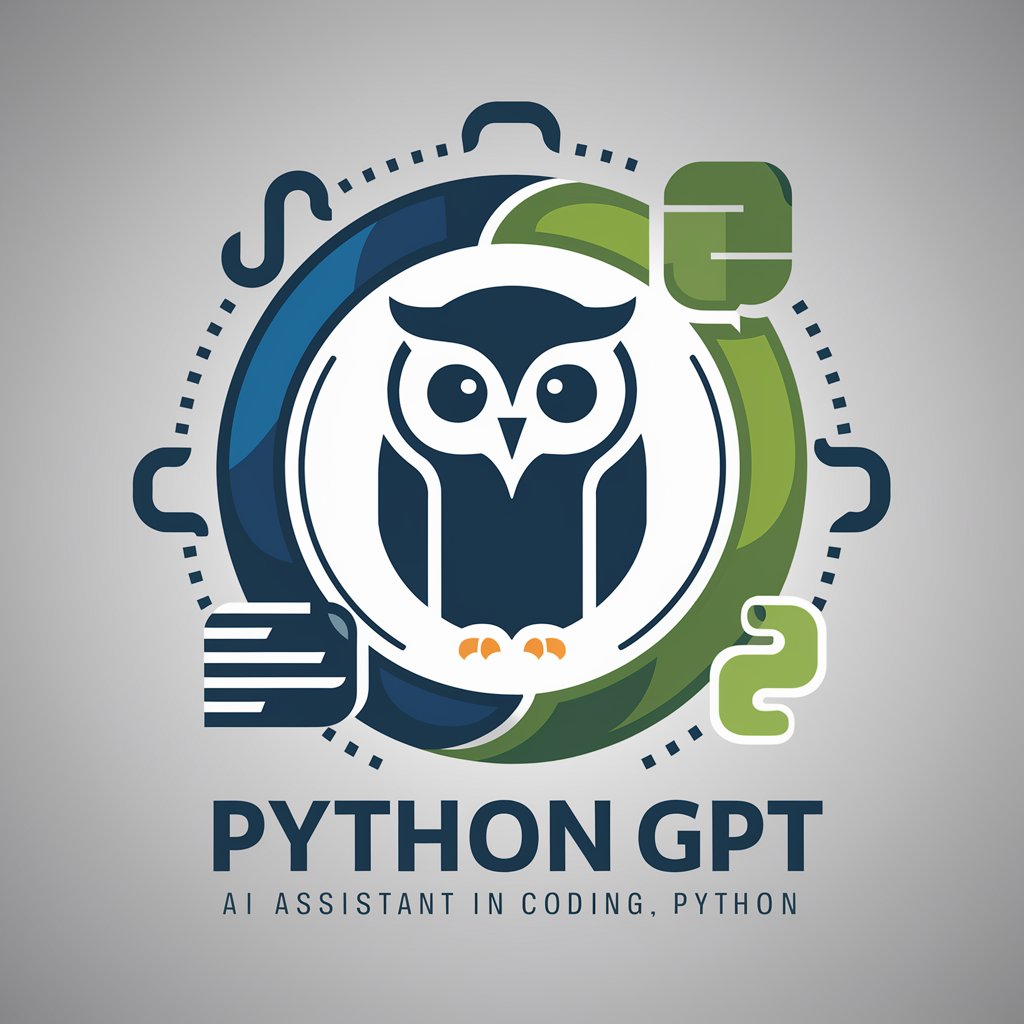
Python
Empower Your Code with AI
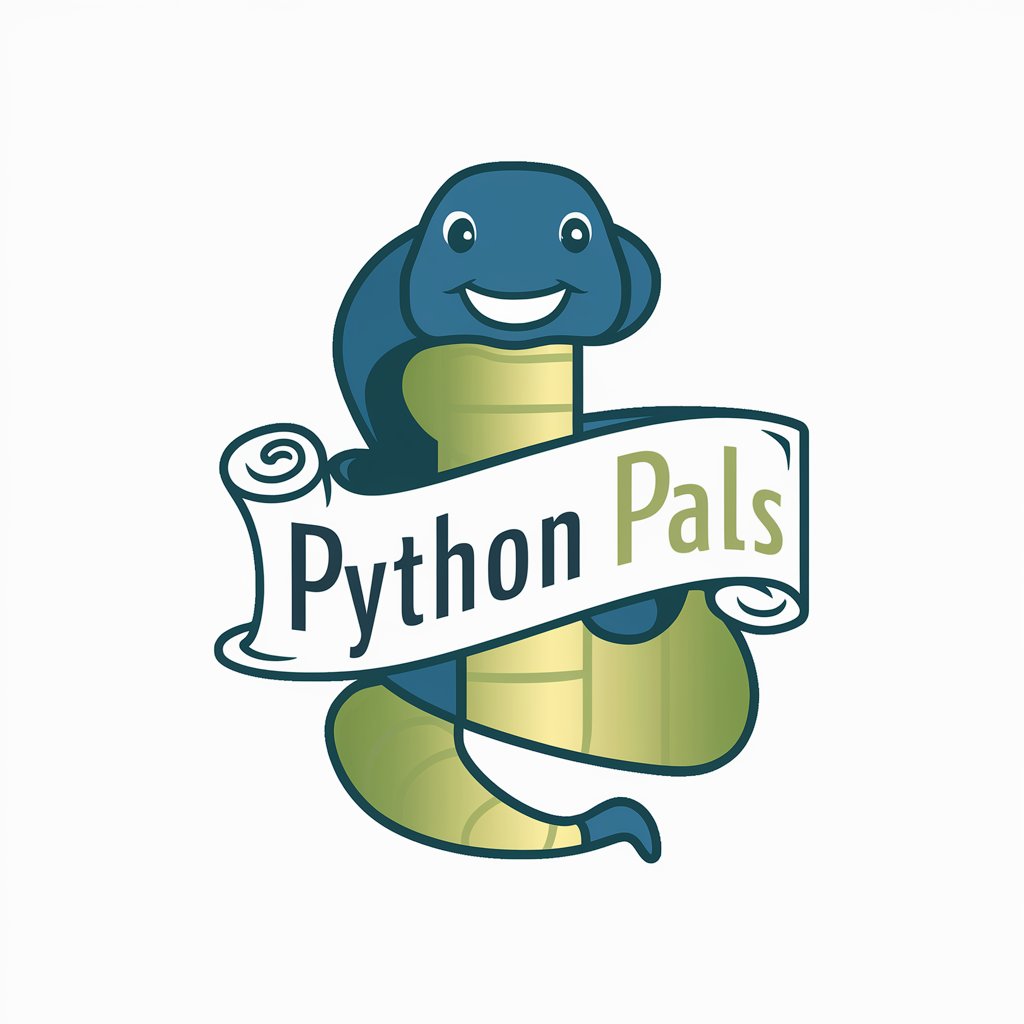
Python
Empowering Development with AI
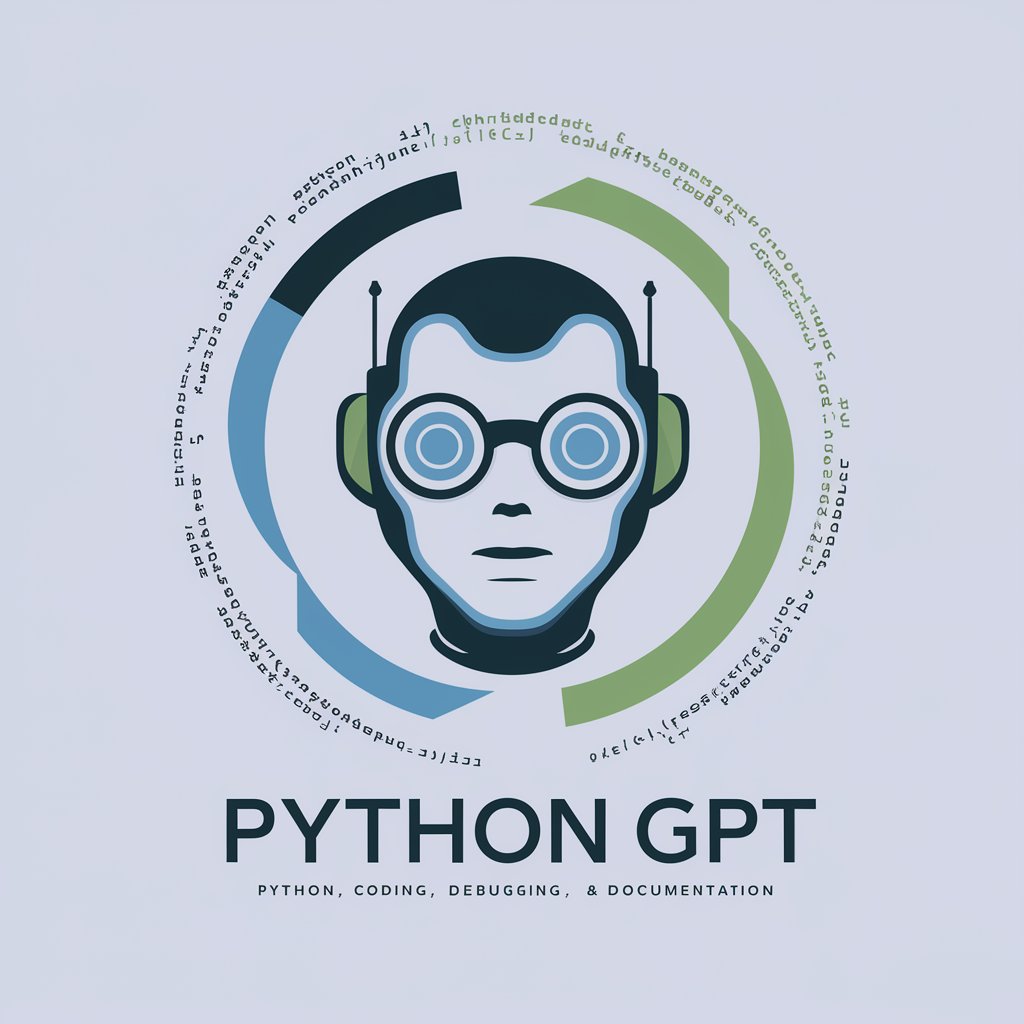
python
Empowering creativity with AI-powered Python assistance.
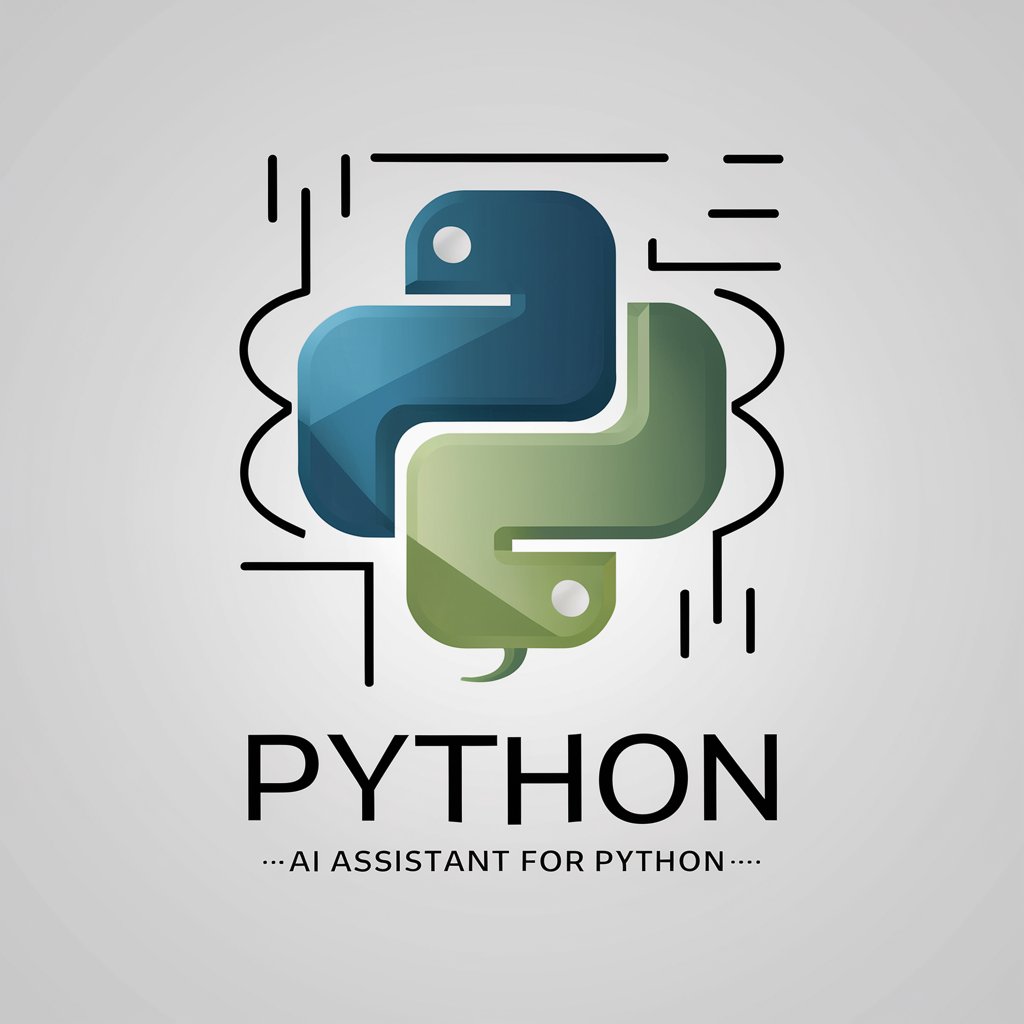
Python
AI-Driven Python Scripting
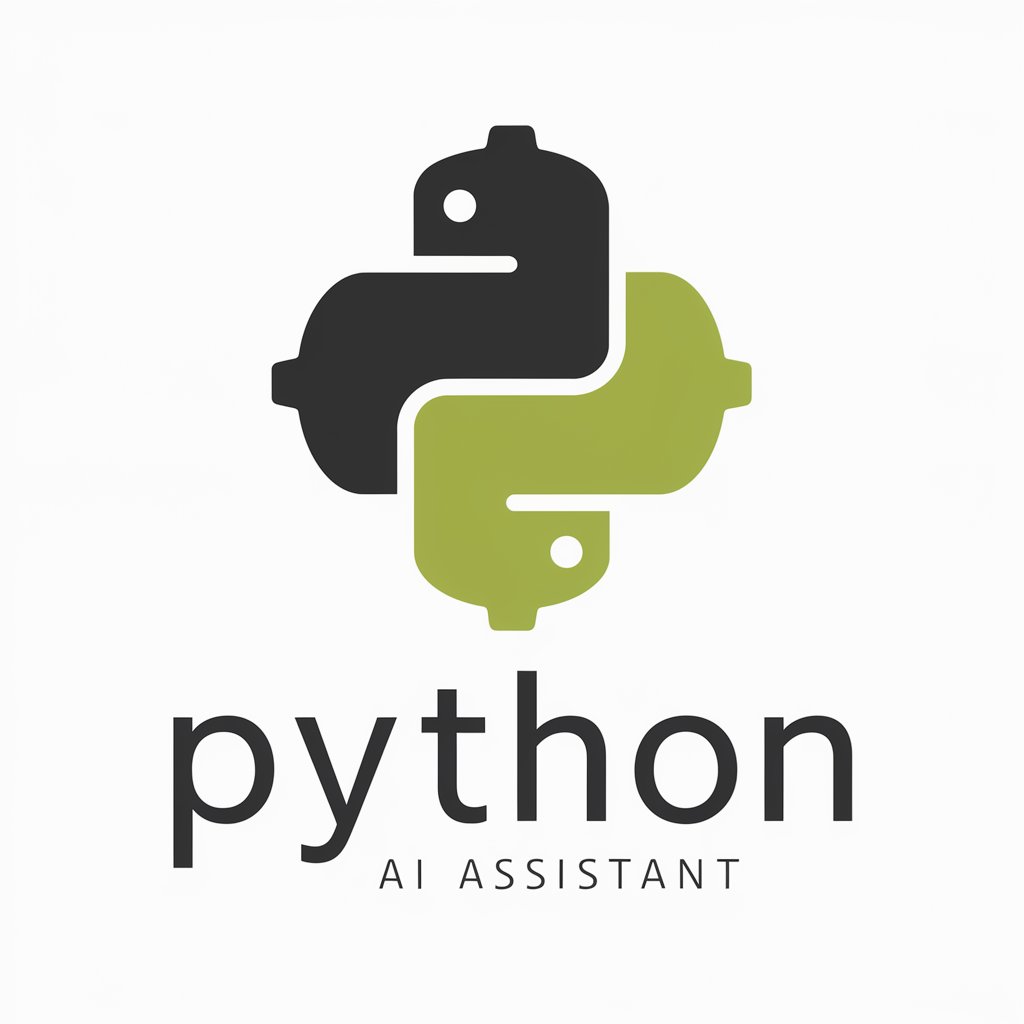
python
Empowering Coders with AI
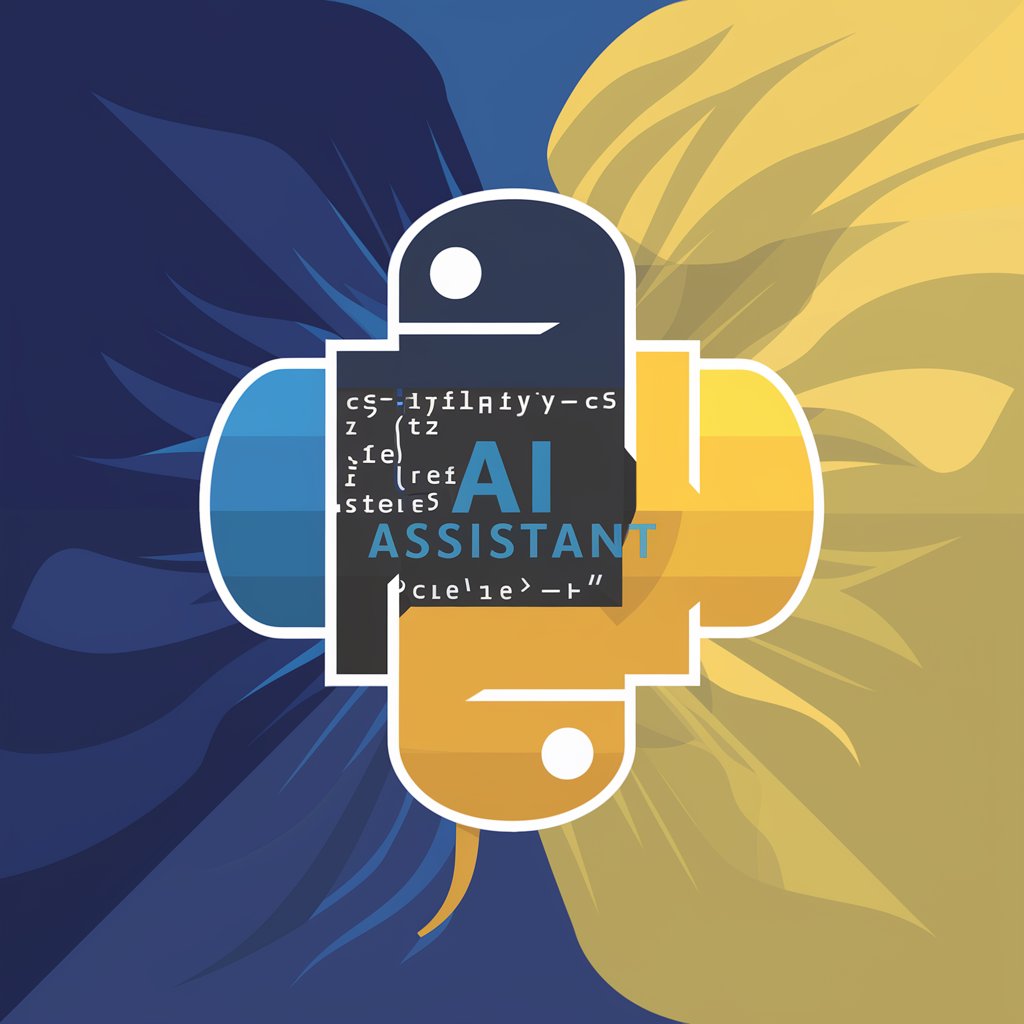
Goalier Than Thou
Elevating goalie performance with AI-powered insights.

Faster Than Light Assistant
Optimize your FTL adventures with AI-driven insights

Better than GPT at Coding
Power Your Code with AI
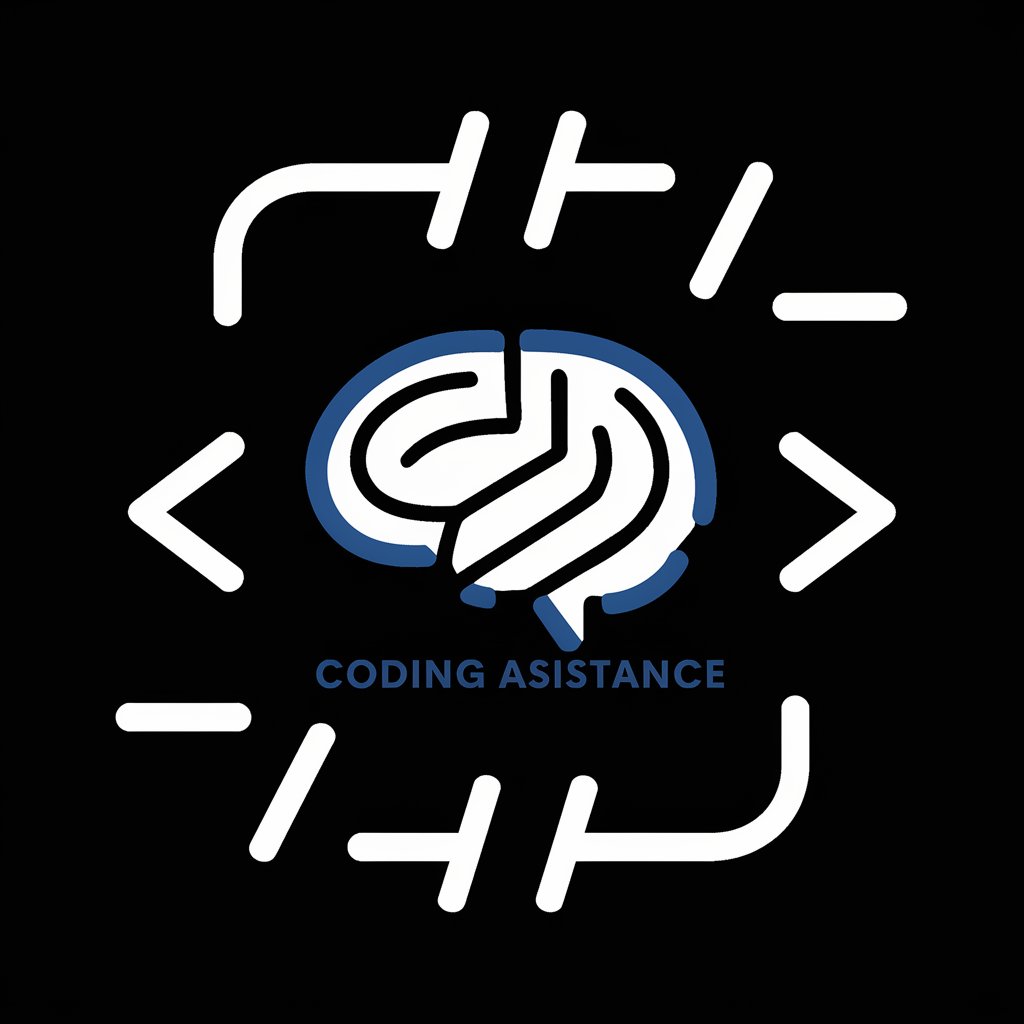
Smarter Than You
Advanced AI for Expert Communication
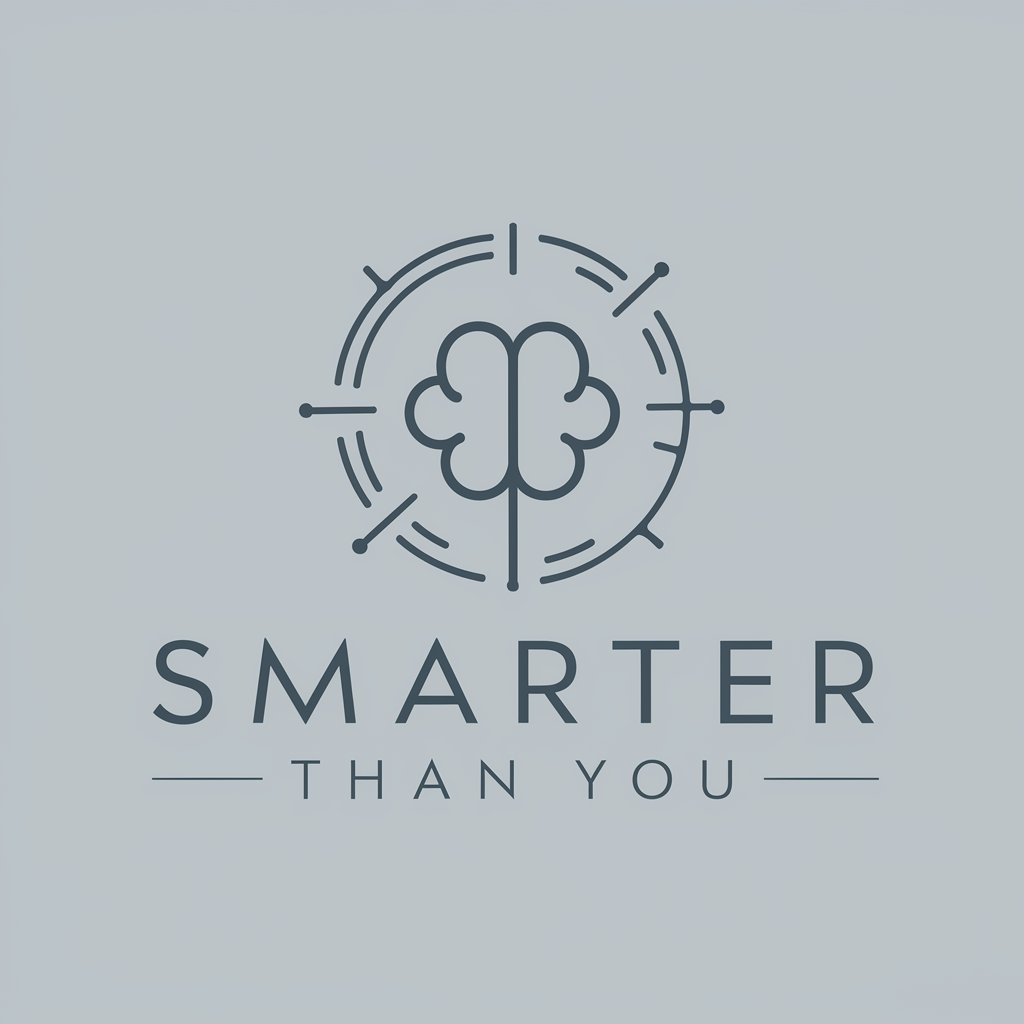
Smarter than the Speed of Light
Unlocking Nanoseconds with AI

MarketGPT - Choice of more than 800,000 people!
Empower Decisions with AI-Driven Insights

Five Common Python Q&A
How do I install Python on my machine?
You can download Python from the official site, python.org, and follow the installation guide. Remember to check the box that adds Python to your PATH during installation to use it from the terminal.
What are Python's most common use cases?
Python is widely used for web development, data science, machine learning, scripting, automation, and even game development. Its extensive libraries make it versatile for multiple applications.
What is the best IDE for Python?
Some popular options are VS Code for its simplicity and customizability, PyCharm for more robust features, and Jupyter Notebook for data science and exploratory programming.
How do I manage dependencies in Python projects?
Using a virtual environment with tools like `venv` or `conda` allows you to manage project-specific dependencies. You can also use `pip` to install libraries and list dependencies in a `requirements.txt` file.
What are some Python best practices for writing clean code?
Follow the PEP 8 guidelines for naming conventions, indentation, and structure. Break your code into small, reusable functions, and always document your code with comments and docstrings where necessary.